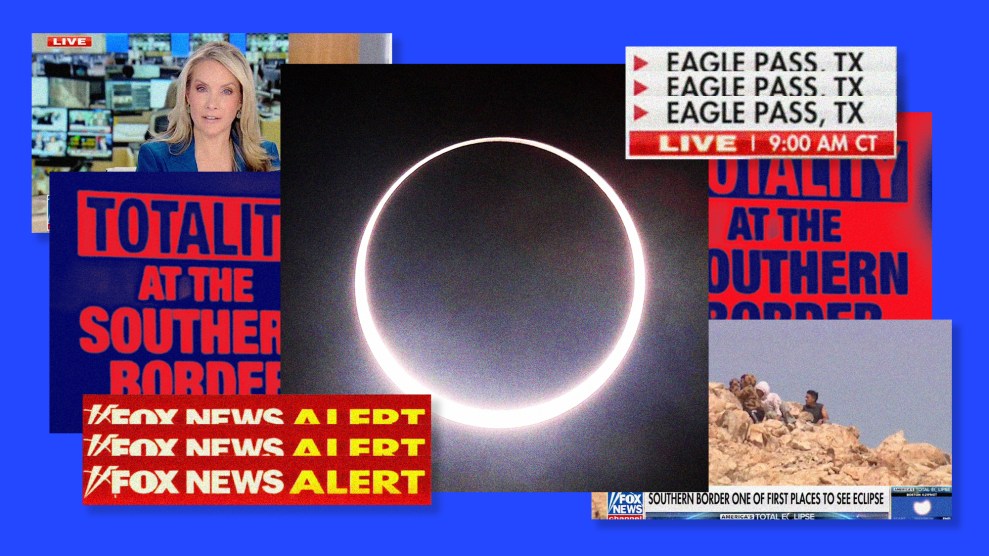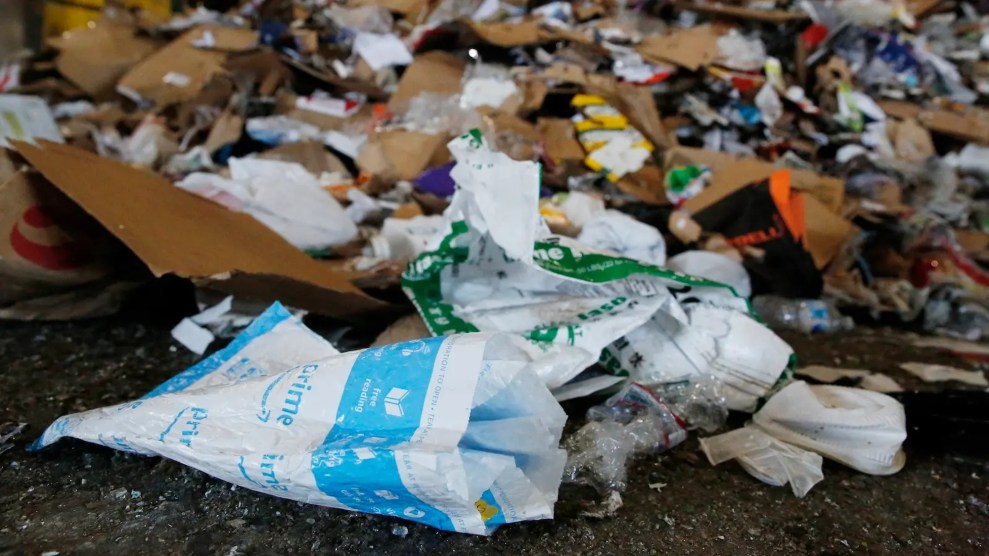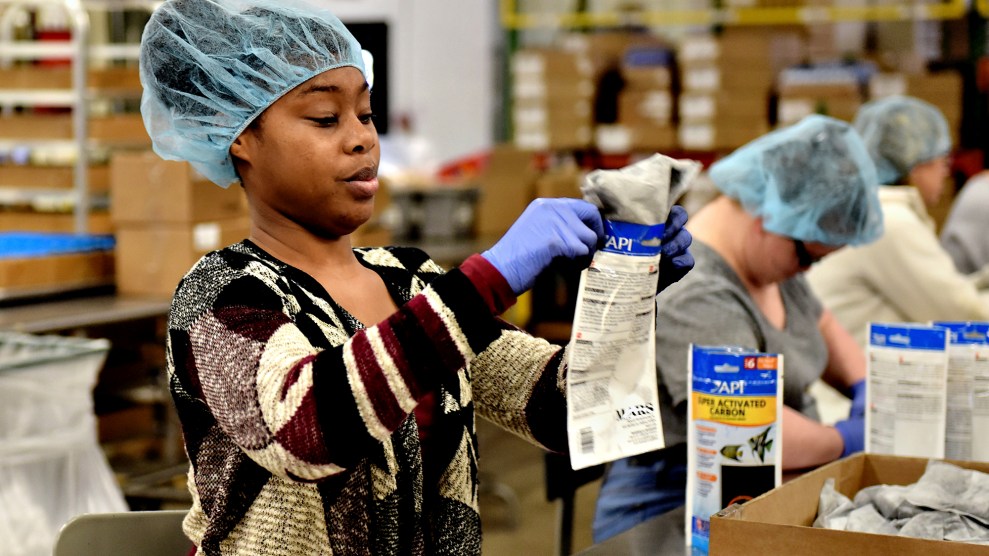Today, as Obama introduced his economic team, the Institute for Policy Studies (IPS) released a new report (.pdf) adding some context to the sheer sums of money being thrown at the financial-industry bailout. The top-line finding? The US and Europe have committed about $4.1 trillion so far, or about 40 times as much as they’ve spent on combating climate change and global poverty this year. The report, called “Skewed Priorities,” speculates that Western governments will use the economic crisis as an excuse to pull back from their commitments to climate and development programs.
According to IPS Director John Cavanagh, “The financial crisis is only one of multiple crises that will affect every nation — rich or poor. Skyrocketing poverty and unemployment in the developing world will mean even more brutal global competition for jobs. Climate change imperils the very future of the planet. And yet thus far, the richest nations in the world appear fixated almost entirely on responding to the financial crisis, and specifically, on propping up their own financial firms.”
Yes, the bailout seems necessary (at least that’s what they tell us… and, as any of my childhood math teachers would attest, I am not one to make a judgment on that issue), but the IPS report does at least let us know what we’re sacrificing in the name of righting our financial ship. From a press release announcing the report’s publication:
RATIO OF FINANCIAL BAILOUTS TO DEVELOPMENT AID: U.S. and European governments have committed approximately $4.1 trillion to aid struggling banks and other financial institutions. That’s more than 45 times the sums they spent on development aid last year.
AIG BAILOUT ALONE TOPS AID: The U.S. government’s $152.5 billion rescue plan for one single company — AIG — far exceeds the $90.7 billion U.S. and European governments spent on development aid in 2007.
BEAR STEARNS REAPS MORE THAN U.S. AID RECIPIENTS: The U.S. government spent $23.2 billion in aid to all developing countries in 2007 — far less than the $29 billion bailout for investment bank Bear Stearns.
FANNIE/FREDDIE BAILOUT NEARLY 1,000 TIMES U.S HAITI AID: The U.S. government has committed $200 billion to prop up mortgage lenders Fannie Mae and Freddie Mac, a figure that dwarfs the $209 million in economic aid in 2007 to Haiti, the Western Hemisphere’s poorest country.
RATIO OF FINANCIAL BAILOUTS TO CLIMATE FINANCE: Although the climate crisis poses catastrophic risks to the global economy, U.S. and Western European governments have committed 313 times more to rescuing financial firms than the $13.1 billion in total new commitments made to help developing countries respond to the climate crisis over the next several years.
UBS BAILOUT FIVE TIMES CLIMATE FINANCE: The Swiss government has committed $60 billion to rescue the ailing investment bank UBS. That’s more than five times the amount that all Western European governments have committed, above and beyond development aid, in climate finance for developing countries.
U.S. CONTRIBUTIONS TO CLIMATE FINANCE = $0: The U.S. Congress hasn’t approved any contributions to the developing world’s climate change efforts, in part because the Bush administration insisted such financing be channeled through the World Bank, an institution with a poor environmental track record.












